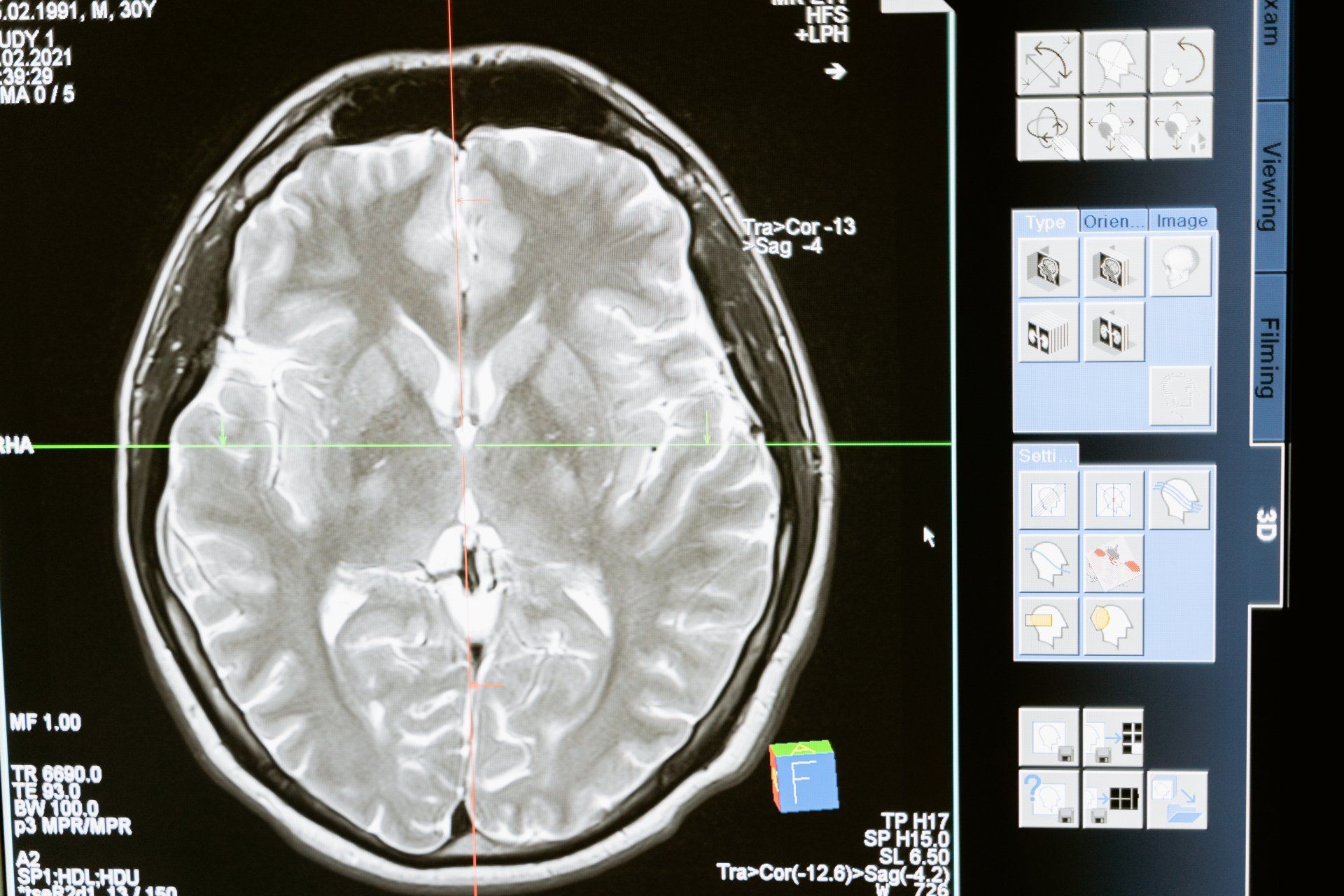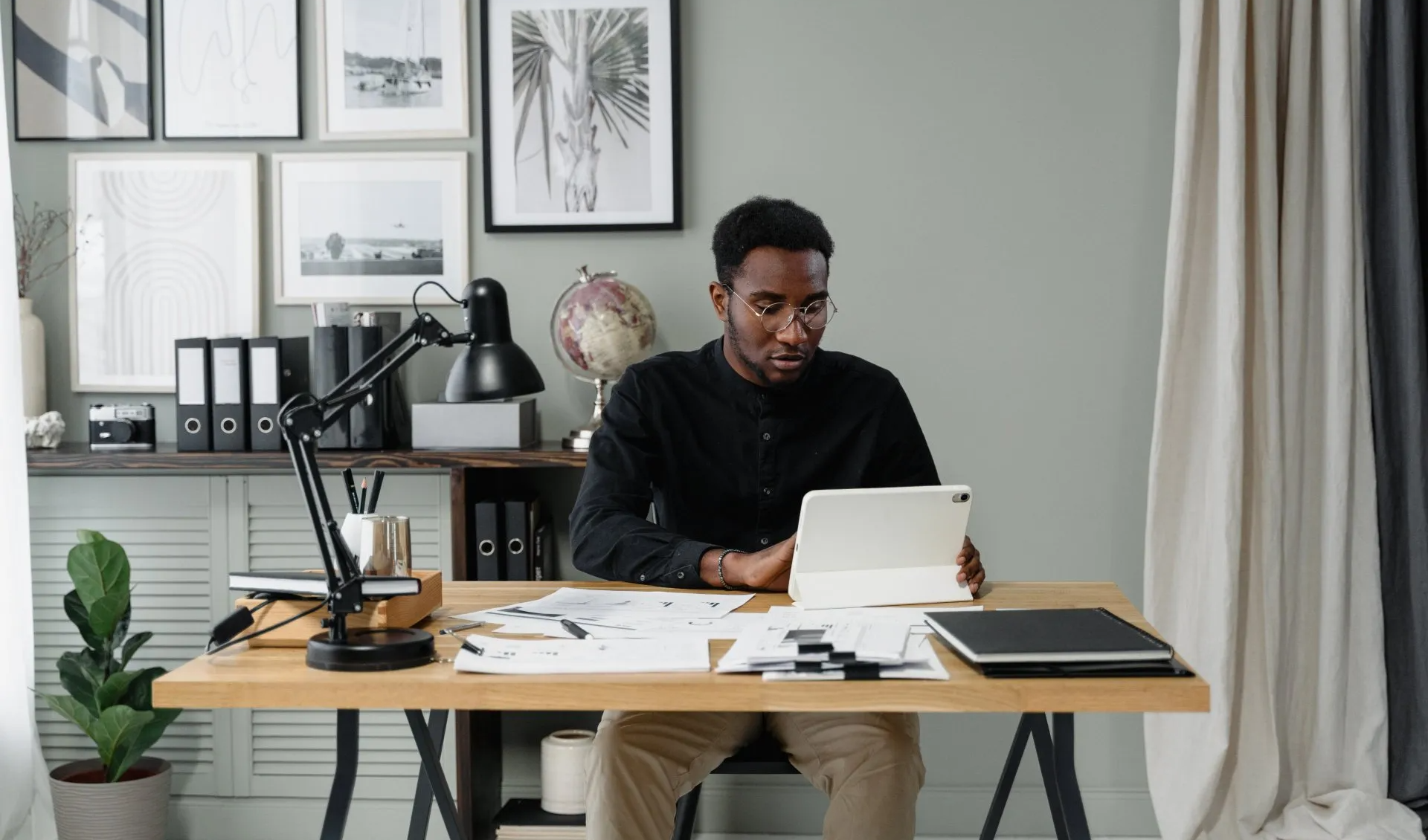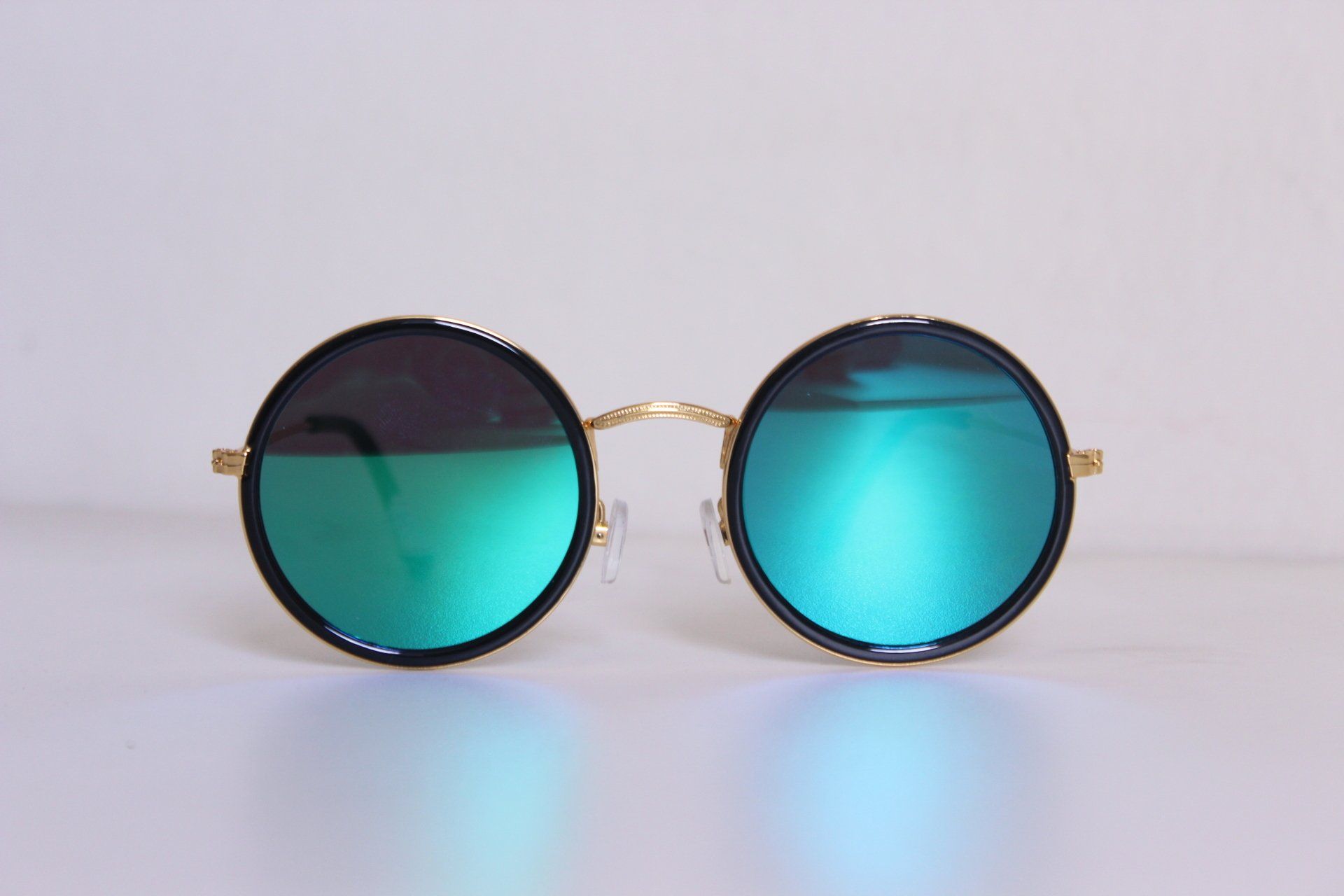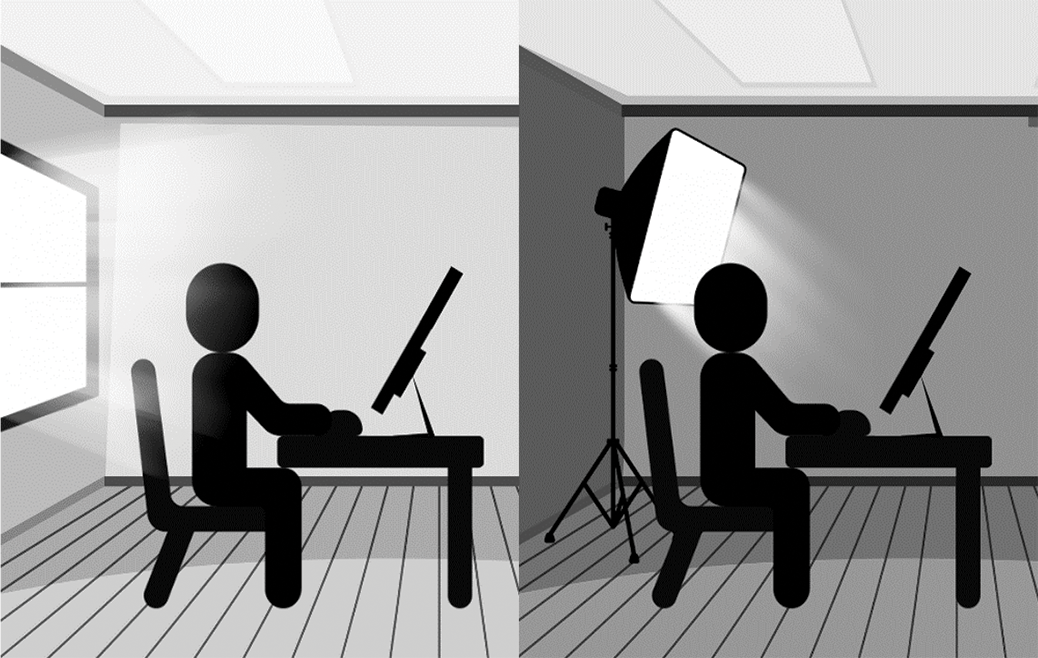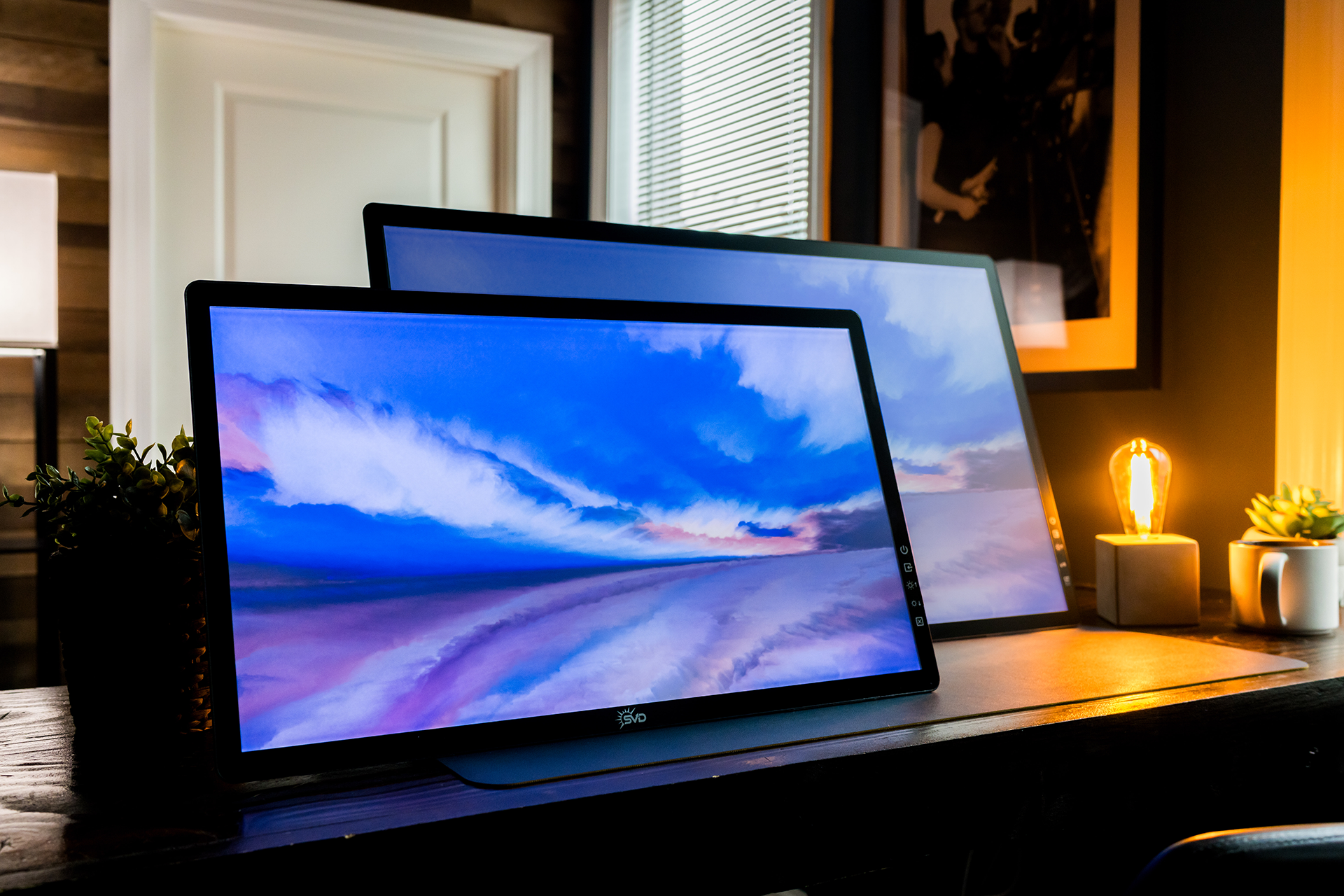Protecting Your Health from Blue Light Emissions of Digital Displays
Every color in the visible spectrum gives off different wavelengths. Warmer colors like red, orange, and yellow give off longer, lower-energy wavelengths. Cooler colors such as green, blue, and violet give off shorter, higher-energy wavelengths.
The highest energy wavelengths, also called High Energy Visible (HEV) light, fall within the blue part of the visible spectrum between 380 to 455 nanometers. Increased exposure to these wavelengths has been associated with various health concerns including eye strain, circadian rhythm disruption, retinal damage, and possible other physical and mental health issues.
The digital displays we use on a daily basis (i.e. smartphones, tablets, TVs, digital signage, and computers) emit HEV blue light via their LED backlights or OLEDs. While the amount of HEV blue light may be negligible when compared to the total amount produced by the sun, researchers are concerned that our frequency, proximity, and duration of use is having long-term effects. Of greatest concern are the potential effects on children whose eyes absorb more blue light than adults, and who are using technology at earlier stages of development and for longer periods of time than ever before.
This article aims to explore the effects of blue light exposure from digital displays and provide a few practical recommendations on how we can protect ourselves.
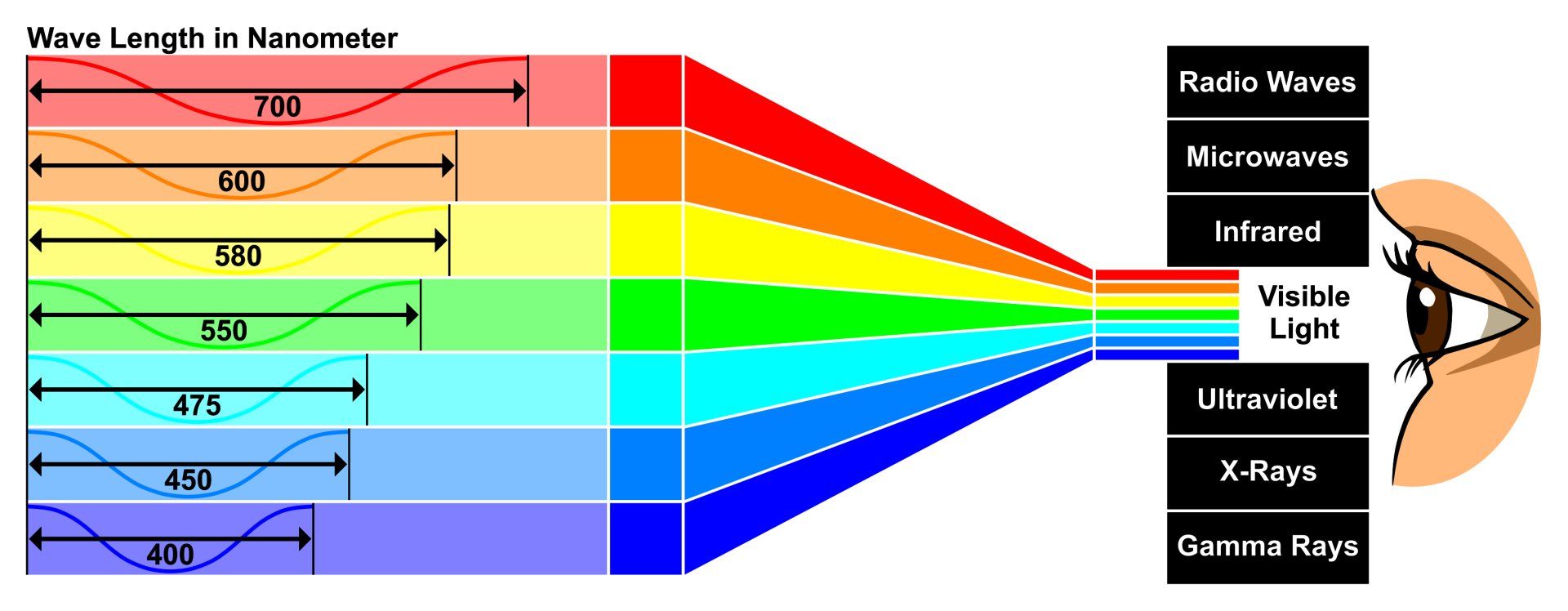
Can Blue Light from Digital Displays Harm Our Health?
While research hasn’t yet been able to prove the cumulative effects of blue light exposure from digital displays, we can be certain of a few adverse effects:
1. Sleep Disruptions
One of the most well-documented effects of blue light exposure is its influence of our sleep-wake cycle, also called our circadian rhythm. This natural process occurs in harmony with the sun. Our bodies produce melatonin (a “sleep hormone”) in response to decreased blue light at night, causing us to feel sleepy. As the sun rises, the increased blue light exposure decreases our melatonin production causing us to feel more awake and alert during the day.
The use of digital displays in the evening increases blue light exposure and postpones our body’s melatonin production, disrupting our ability to sleep easily and deeply. And, poor sleep is linked to poor mental and physical health.
2. Eye Strain & Disease
Many people report eye strain after staring for long periods of time at screens. This is often referred to as “computer vision syndrome”, which includes symptoms such as eye discomfort and fatigue, blurry vision, dry eyes, and even headaches. Other symptoms include double vision, eye redness, itchy eyes, or watery eyes. The severity of these symptoms tends to correlate with the amount of time we’ve stared at a digital display.
Additionally, health professionals and researchers warn that a lifetime of blue light exposure from digital displays may be linked to an increased risk of macular degeneration and retinal damage. Though this hypothesis hasn’t been proven, many studies indicate that there’s good cause for concern.
Finally, sufferers of a rare eye disease, Visual Snow Syndrome, have reported increased symptoms after staring at backlit digital displays. For this reason, many have switched to only using reflective display technologies such as e-paper displays to reduce their exposure to the LED light emitted from common displays.
3. Psychological Effects
In some cases, use of digital displays has been linked to poor mental health in both children and adults. One reason is because its wavelengths interfere with the brain’s capability to regulate mood, emotions, and sleep. As we’ve discussed, blue light disrupts the circadian rhythm. It also affects hormone secretion, nerve signaling, and the brain’s plasticity, or its ability to adapt to different situations. In short, display usage can cause an imbalance in hormones, which subsequently puts us at higher risk of anxiety, stress, and depression.
How to Be Protected in a Digital World
It’s important to take care of both our physical and psychological health, which is why many health professionals recommend we limit exposure to the blue light emitted from digital displays. This is especially important during the last hours before bedtime to encourage the body’s melatonin production.
Thanks to increased awareness, loads of research, improved technologies, and the development of specialty products, there are many ways we can limit our exposure to high-energy wavelengths:
1. Take Breaks
One way to do this is to take breaks and/or limit the amount of time we spend in front of screens. Those of us who work in front of a computer can take 15-to-20-minute breaks every few hours and maintain good posture at our desks. This can reduce eye strain and computer vision syndrome. When we’re outside of work, we can limit the amount of time we spend sitting in front of more blue light emitting devices.
2. Eat A Healthy Diet
Remember your friend, B-carotene? Carrots contain a lot of it. It’s also used in retinol and Vitamin A treatments. Research has shown that carotenoids like B-carotene, plus other antioxidants found in fruits and vegetables, are vital in helping prevent early onset of acute macular degeneration (AMD). This is the case, even with increased blue light exposure. It’s just one more reason to eat a healthy diet full of fresh fruits and veggies.
3. Use Blue-Light Reduction Settings & Products
Using sunglasses during the day helps to block the UV and HEV blue light emissions from the sun, although they can make screen viewing difficult. We can try wearing blue light blocking glasses or applying blue light blocking filters to our device screens. Additionally, many of today’s computer monitors and electronic devices have blue-light reduction and/or “night mode” settings which can minimize blue light emissions.
The downside to these methods is that they can tint or skew color accuracy on the display. This is less than ideal for designers, but for most everyone else it’s not a bad tradeoff.
4. Use Reflective Color LCD Displays
Due to increasing awareness and symptoms related to prolonged screen use, more and more consumers are choosing tablets, monitors, and even smart phones with Reflective LCD technologies. Instead of using LEDs to illuminate the display, a reflective color LCD reflects ambient light back to the viewer. The resulting level of blue light exposure is likely equivalent to what is reflected off any other surface, and many users have even reported eye symptom relief from this switch.
In addition to its potential health benefits, there are many other advantages of reflective color LCD technologies including excellent sunlight visibility and ultra-low energy consumption - up to 95% less than competing LCD technologies. Until recently, however, the switch to Reflective LCD devices has come with some sacrifices in color performance, refresh rates, and cost. The newly released Sun Vision Display 32" RLCD Computer Monitors feature a patented Color RLCD Technology which is 100% reflective (no backlight) yet provides full-color, HD-resolution, 60 Hz refresh rate performance: The user experience is unlike any other Reflective LCD monitor on the market!
As time goes on and blue light awareness increases, Reflective LCD products will likely advance in capabilities, performance, and affordability.
These are just a few ways we can protect ourselves when using digital displays. Of course, we should still be mindful of any symptoms we notice and consult a physician if we are concerned. This may be the best way to determine the true source of our symptoms.

